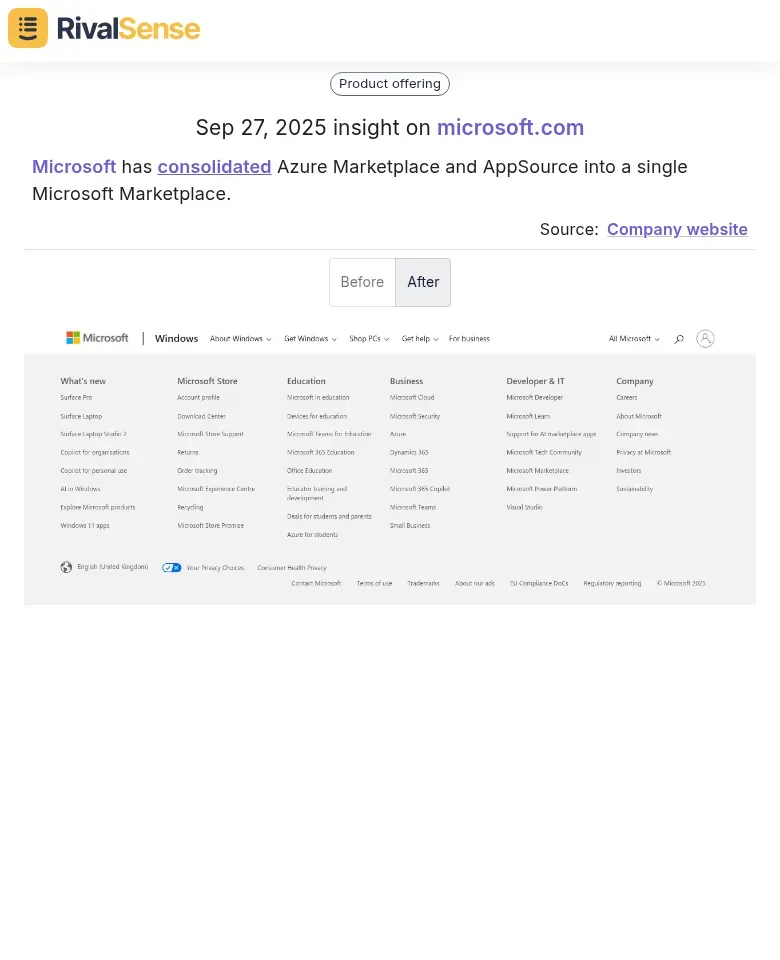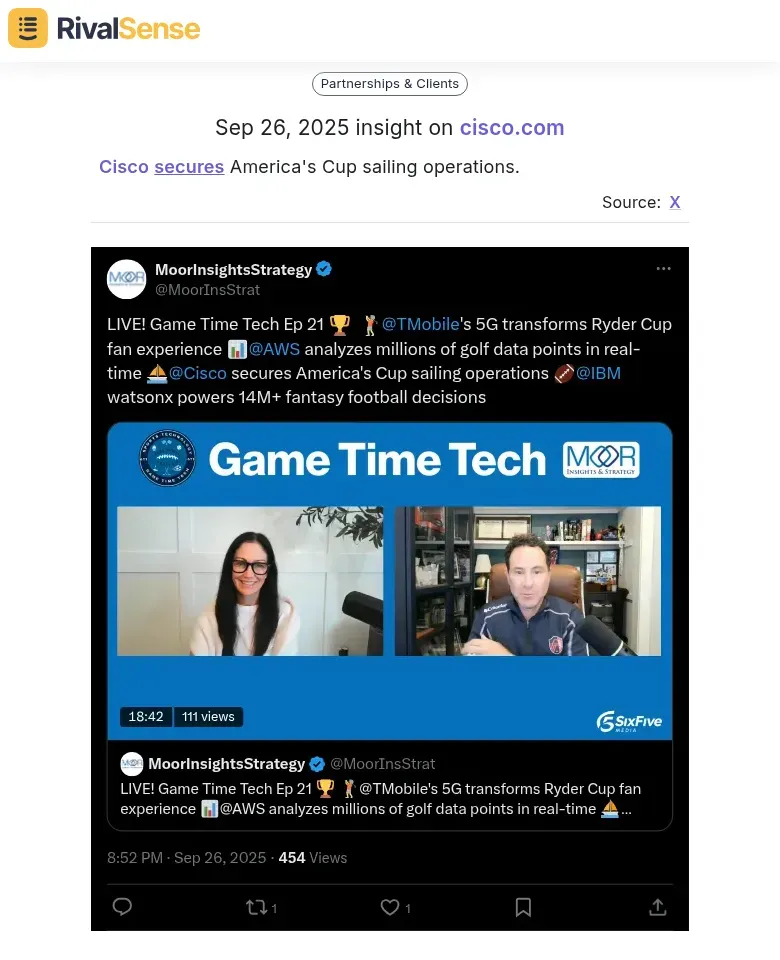Track Key Account Metrics: A Practical Guide for Business Leaders
As a founder, CEO, or business leader, you know that tracking key account metrics is essential for sustainable growth. But with packed schedules and limited time, digging into the right tools or reports can be challenging. Companies that monitor their KPIs are much more likely to achieve profitable growth—understanding how your business performs in terms of employee productivity, financial results, or quarterly goals is crucial to knowing why your company is (or isn't) meeting its targets.
In this guide, we'll walk you through practical steps, checklists, and tips to track key account metrics effectively, ensuring you make data-driven decisions that drive success.
🔍 What Are Key Account Metrics?
Key account metrics, or Key Performance Indicators (KPIs), are measurable values that show how effectively a company is achieving its business objectives. They transform raw data into meaningful insights, helping you monitor progress in real-time through customizable dashboards, charts, and alerts. For example, tracking customer acquisition cost (CAC) or net promoter score (NPS) can reveal trends in marketing efficiency or customer satisfaction.
📈 Why Track Key Account Metrics?
Setting and tracking KPIs isn't just about numbers—it's about steering your business toward success. Consistently monitoring these metrics allows you to stay aligned with your strategic goals and adapt quickly to changes. Here's why it matters:
- Track Progress Toward Goals: Measure performance against objectives, identify improvement areas, and make strategic decisions. Without clear KPIs, you risk missed opportunities and reduced competitiveness.
- Solve Issues and Identify Opportunities: Combine metrics on a dashboard to spot problems (e.g., sales slumps) or capitalize on new ideas (e.g., product launches). For instance, monitoring call volumes or event attendance can pinpoint sales strategy gaps.
- Monitor Business Health: Focus on vital metrics in categories like employees, customers, processes, and revenue to evaluate overall health and drive results.
- Increase Employee Accountability: Clear, measurable goals help teams take ownership of their work, fostering a culture of responsibility and performance.
🛠️ Practical Steps to Track Key Account Metrics
Implementing a KPI tracking system can seem daunting, but breaking it down into steps makes it manageable and effective. Follow this actionable checklist to set up and maintain efficient KPI tracking:
Step 1: Identify Your Key Metrics
- Tip: Start with 5-10 metrics aligned with your business goals. Common examples include:
- Revenue growth rate
- Customer lifetime value (CLV)
- Churn rate
- Sales conversion rate
- Employee productivity metrics
- Checklist:
- [ ] ✅ Review business objectives (e.g., increase sales by 20% in Q4).
- [ ] ✅ Select metrics that directly reflect progress (e.g., monthly sales volume).
- [ ] ✅ Ensure metrics are measurable and relevant to your industry.
Step 2: Choose the Right KPI Tools
- Practical Advice: Opt for tools that balance ease of use with powerful features to save time and resources. For instance:
- Databox: User-friendly with 130+ integrations; ideal for small teams.
- Looker Studio: Free and Google-centric; great for beginners.
- Tableau: Advanced for enterprises; handles complex data.
- Checklist:
- [ ] ✅ Assess integrations (e.g., CRM, accounting software).
- [ ] ✅ Evaluate visualization capabilities (e.g., customizable dashboards).
- [ ] ✅ Consider collaboration features (e.g., real-time sharing).
- [ ] ✅ Compare pricing (free vs. paid plans).
- [ ] ✅ Test ease of use with a free trial.
Step 3: Set Up Dashboards and Alerts
- Hint: Use pre-built templates to accelerate setup and ensure consistency across teams. For example, Databox offers templates for sales or marketing KPIs.
- Checklist:
- [ ] ✅ Connect data sources (e.g., Salesforce, Google Analytics).
- [ ] ✅ Customize dashboards with drag-and-drop widgets.
- [ ] ✅ Set up real-time alerts for critical metrics (e.g., email notifications for low inventory).
- [ ] ✅ Schedule automated reports for weekly reviews.
Step 4: Monitor and Analyze Regularly
- Tip: Review KPIs weekly or monthly to spot trends and make timely adjustments. Use tools like Geckoboard for live tracking and deeper insights.
- Checklist:
- [ ] ✅ Hold team meetings to discuss metric insights.
- [ ] ✅ Drill down into data to identify root causes (e.g., why churn rate increased).
- [ ] ✅ Adjust strategies based on findings (e.g., ramp up marketing if leads drop).
Step 5: Foster a Data-Driven Culture
- Practical Advice: Train employees on interpreting KPIs and tie metrics to performance reviews to embed data into daily operations.
- Checklist:
- [ ] ✅ Assign accountability for specific metrics to team members.
- [ ] ✅ Share dashboards with stakeholders for transparency.
- [ ] ✅ Celebrate wins when KPIs are met to boost morale.
💼 Tools to Simplify KPI Tracking
Selecting the right tools is crucial for efficient and accurate KPI monitoring. Based on your business type, here are top recommendations to streamline the process:
| Business Type | Recommended Tools | Key Features |
|---|---|---|
| Small Teams/Startups | Databox, Looker Studio, HubSpot | Affordable, user-friendly, free options, all-in-one CRM |
| Mid-sized Businesses | Scoro, Klipfolio, Asana | Real-time monitoring, customizable, project-based tracking |
| Enterprises | ThoughtSpot, Tableau, Microsoft Power BI | AI-powered insights, advanced analytics, Microsoft ecosystem integration |
Pro Tip: Many tools offer free trials—test them to find the best fit. For instance, Databox's free tier lets you explore basic features without commitment.
🏆 How RivalSense Enhances Your KPI Strategy
While internal metrics are vital, understanding your competitive landscape is equally important for holistic business strategy. That's where RivalSense comes in—it tracks competitor activities across 80+ sources, delivering weekly email reports on product launches, pricing updates, events, and more. Here are real examples of RivalSense insights and why they matter for your KPIs:
-
Microsoft Marketplace Consolidation: Microsoft has consolidated Azure Marketplace and AppSource into a single Microsoft Marketplace.

Why it matters: This insight reveals market consolidations that could impact your sales channels or partnership strategies, helping you adjust go-to-market KPIs proactively. -
Snapchat AI Lens Feature: On September 27, Denise Mancinone, a marketer at Snap Inc, promoted a new AI Lens feature on Snapchat that allows users to generate images with open prompts.

Why it matters: Tracking competitor product launches like this uncovers emerging tech trends, enabling you to refine innovation KPIs and stay ahead in user engagement. -
Cisco and America's Cup: Cisco secures America's Cup sailing operations.

Why it matters: Insights into partnerships and event participations highlight competitor branding moves, allowing you to benchmark marketing and sponsorship KPIs effectively.
With RivalSense, you can complement internal tracking by staying informed on competitor moves, ensuring your KPIs are always aligned with market dynamics.
💰 Free vs. Paid KPI Tools: What to Consider
Choosing between free and paid tools depends on your business needs and growth stage. Free tools are great for startups with limited budgets but may have restrictions on data connectors or collaboration. Paid tools offer advanced features like AI insights and better performance for scaling businesses.
Bottom Line: Invest in paid tools if you need scalability and deeper analytics; otherwise, free options can suffice for basic tracking.
❓ FAQs on Tracking Key Account Metrics
Q: What are the most user-friendly KPI tools?
A: Databox, Looker Studio, and SimpleKPI rank high for ease of use, with drag-and-drop interfaces and pre-built templates.
Q: Can I integrate KPI tools with my CRM?
A: Yes, most tools like HubSpot or Salesforce offer seamless integrations, automating data pulls for accuracy and efficiency.
Q: How often should I review KPIs?
A: Weekly reviews are ideal for timely adjustments, but monthly deep dives can suffice for long-term trend analysis.
🚀 Conclusion
Tracking key account metrics isn't a luxury—it's a necessity for driving business growth and making informed decisions. By following the practical steps outlined and leveraging the right tools, you can transform data into actionable insights that boost performance. Remember, integrating competitive intelligence with tools like RivalSense ensures your KPIs remain relevant and responsive to market changes.
Ready to enhance your KPI strategy with real-time competitor insights? Try RivalSense for free at https://rivalsense.co/ and get your first competitor report today!
📚 Read more
👉 Key Account History Tracking Framework for B2B Market Research
👉 How Spotify's Serato Deal Reveals Competitor Expansion Strategies
👉 Leveraging Competitor Website Changes for Proactive Key Account Management
👉 Airline Competitor Thought Leadership Analysis Cheat Sheet
👉 4 Quick Hacks to Analyze Competitor Products for Key Account Growth
